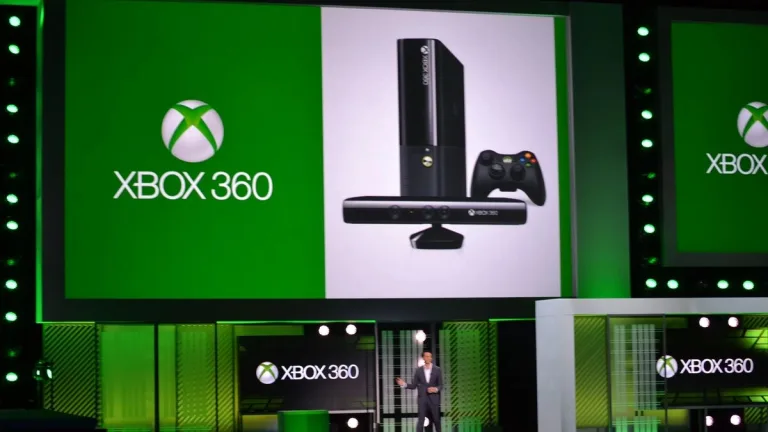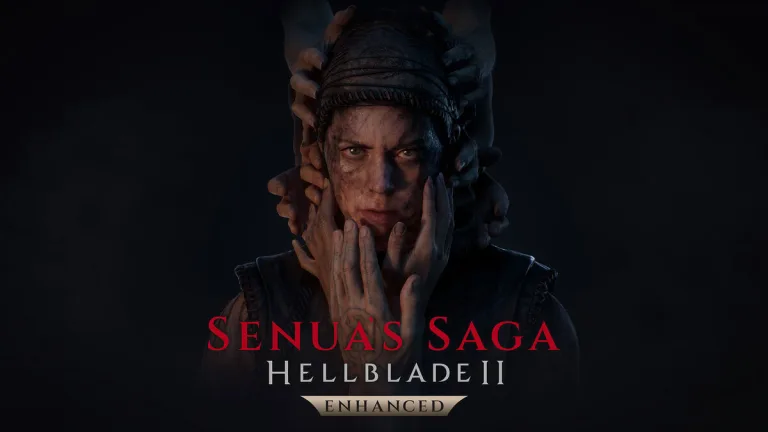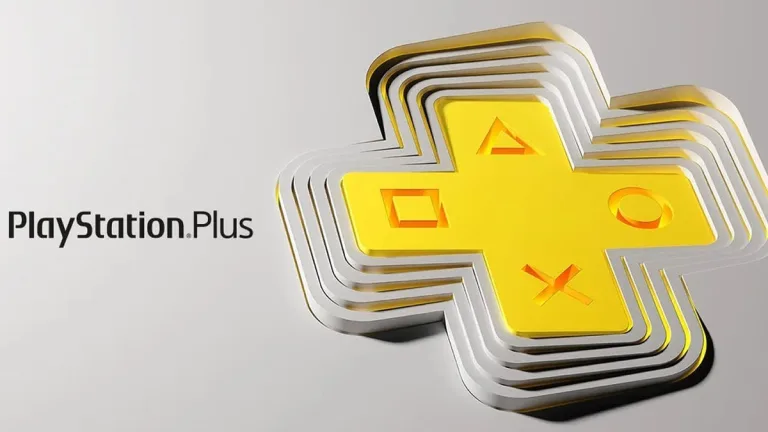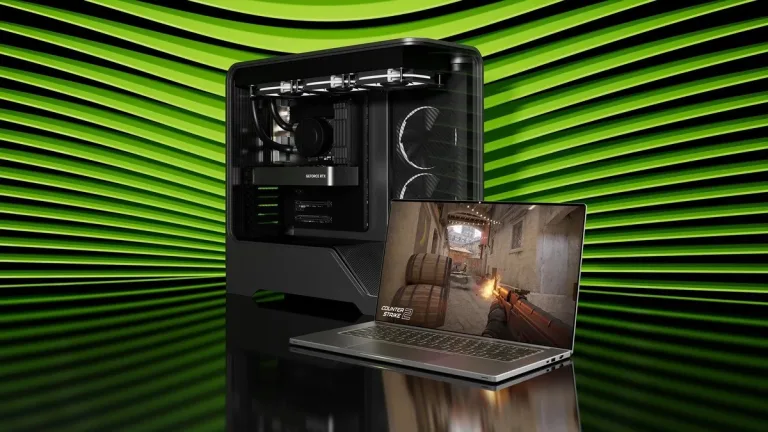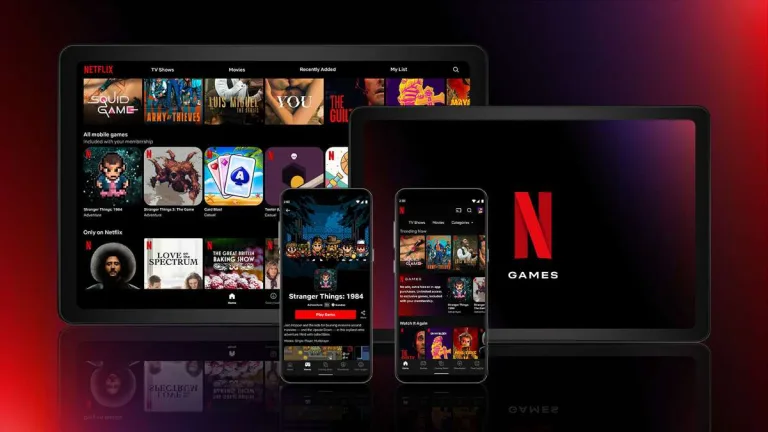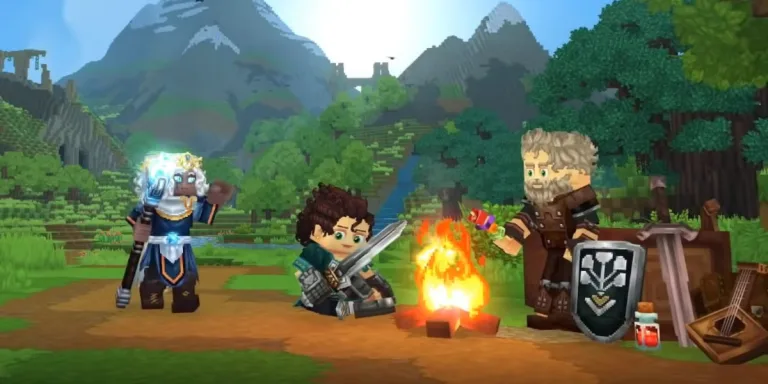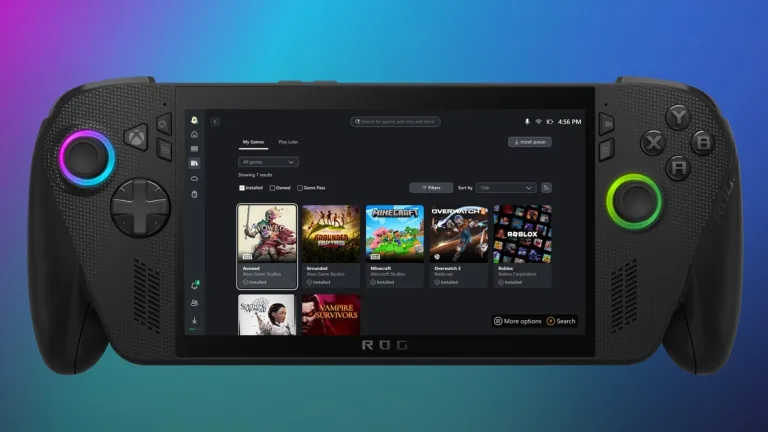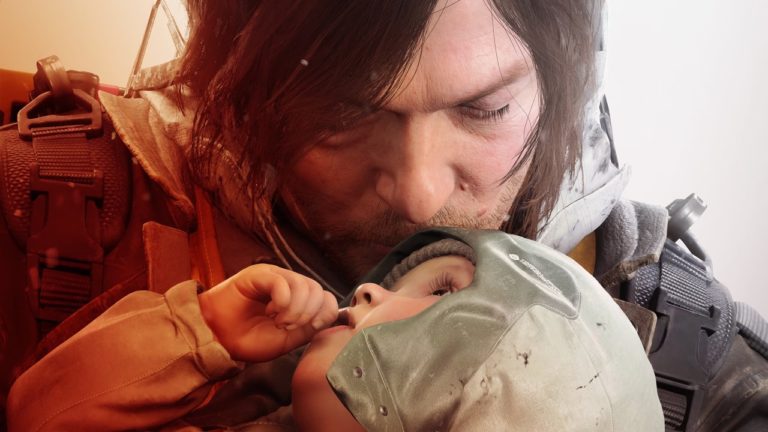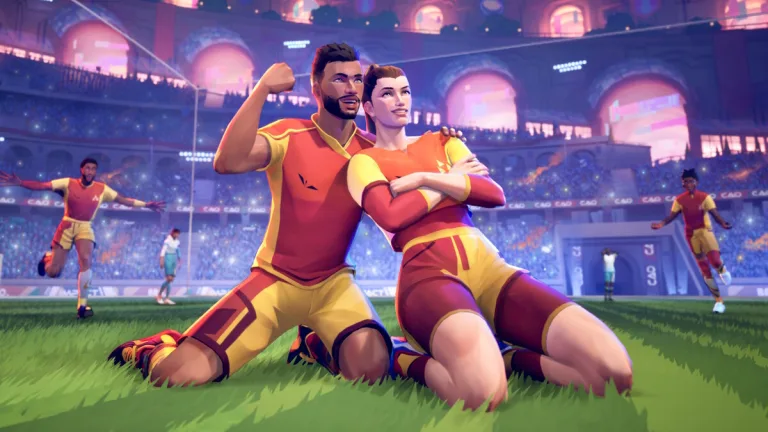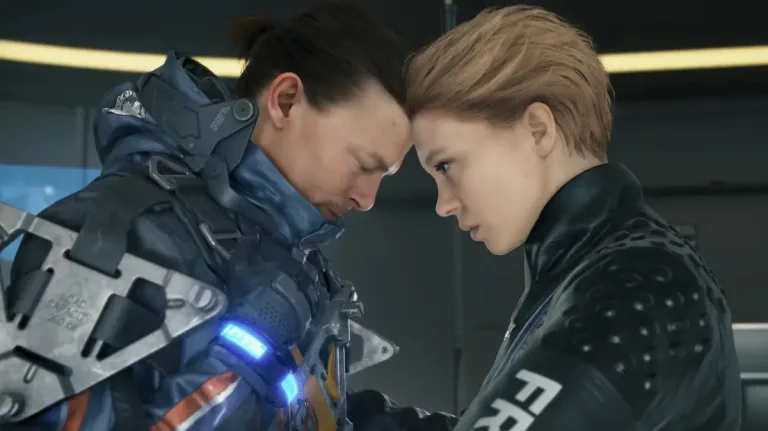After nearly two decades, Microsoft quietly rolled out a system update for the Xbox 360—yes, the console...
Month: June 2025
When Ninja Theory’s breathtaking sequel first launched in May 2024, it set a new bar for immersive...
For years, Xbox Game Pass has redefined subscriptions by offering every new first-party title on day one....
When budget meets ambition, magic happens. Enter NVIDIA’s new GeForce RTX 5050—a card that brings the full...
Netflix’s push into mobile gaming promised a laid-back way to play premium titles on the couch or...
On June 23, 2025, Riot Games stunned the gaming world by announcing the cancellation of Hytale and...
In a week already brimming with gaming news, Xbox has dropped two announcements that signal its evolving...
Following his split with Konami, Hideo Kojima attempted to distance himself from the Metal Gear Solid legacy...
The creators of Sifu decided to move away from martial arts and embark on a completely different...
When Hideo Kojima isn’t redefining what a video game can be, he’s busy stretching the boundaries of...


